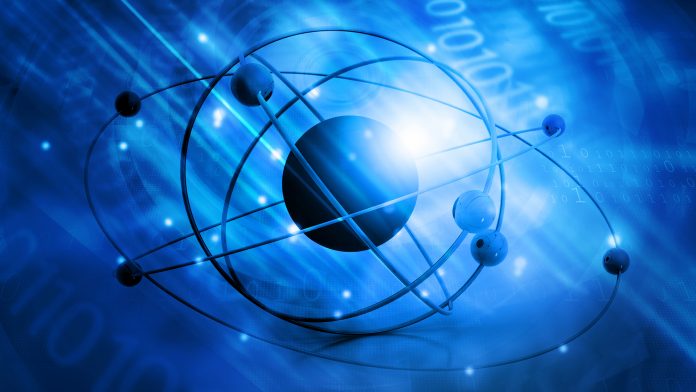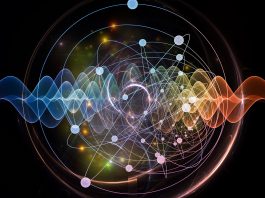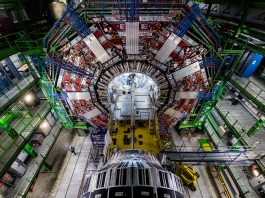Researchers have proposed a new way to study quarks to determine how matter gets its mass.
Researchers have developed a new way to study quarks, which are one of the building blocks of the protons and neutrons that make up atomic nuclei. This has never been done before and will help answer many fundamental questions in physics, particularly, to determine how matter gets its mass.
The study, ‘Perturbative Confinement in Thermal Yang-Mills Theories Induced by Imaginary Angular Velocity,’ is published in the journal Physical Review Letters.
Studying matter
Studying matter can be compared to opening Russian dolls, as each level reveals another familiar, yet different, arrangement of components that are both smaller and harder to explore than the previous one. Every day, there are objects that we interact with, but the arrangements of molecules in these objects are too small to see. These molecules, which are made from atoms, can only be seen on a deeper level by using tools such as microscopes and particle accelerators. We can go even deeper than this, as the atoms are comprised of a nucleus that is surrounded by electrons.
The nucleus is an arrangement of nucleons that gives the atom its properties and mass. These nucleons are further composed of less familiar things, known as quarks and gluons. However, it is at this level that knowledge of fundamental physics is hindered.
Currently, it appears to be impossible to explore quarks and gluons as they must be isolated from each other. This is because when particle accelerators smash atoms and create atomic debris, quarks and gluons bind again too quickly for researchers to explore them in more detail.
Gaining a better understanding of quarks
Now, research from the University of Tokyo’s Department of Physics has suggested that this next layer of matter could soon be explored.
“To better understand our material world, we need to do experiments, and to improve upon experiments, we need to explore new approaches to the way we do things,” said Professor Kenji Fukushima.
“We have outlined a possible way to identify the mechanism responsible for quark confinement. This has been a longstanding problem in physics, and if realised, could unlock some deep mysteries about matter and the structure of the Universe.”
The mass of subatomic quarks is incredibly small: combined, the quarks in a nucleon make up less than 2% of the total mass, and gluons appear to be entirely massless. Therefore, it is suggested that the majority of atomic mass actually comes from the way in which quarks and gluons are bound, rather than from the things themselves. They are bound by the so-called strong force, which is one of the four fundamental forces of nature. It is believed that the strong force causes the nucleon to have a mass. This is part of a theory called quantum chromodynamics (QCD).
“Rigorous proof that the strong force gives rise to mass remains out of reach,” said Fukushima. “The obstacle is that QCD describes things in such a way that makes theoretical calculations hard. Our achievement is to demonstrate that the strong force, within a special set of circumstances, can realise quark confinement. We did this by interpreting some observed parameters of quarks as a new variable we call the imaginary angular velocity. Though purely mathematical in nature, it can be converted back into real values of things we can control. This should lead to a means to realise an exotic state of rapidly rotating quark matter once we learn how to turn our idea into an experiment.”









